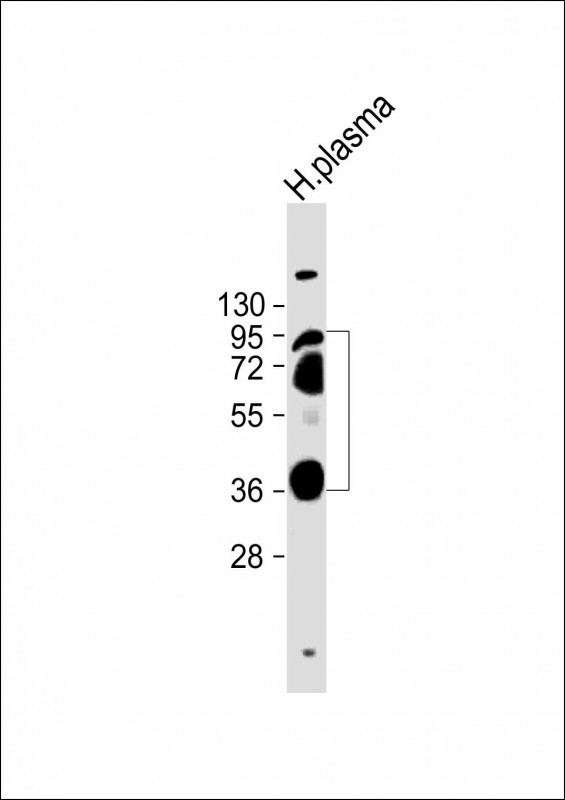[Isoform 1]: Functions as extracellular chaperone that prevents aggregation of non native proteins (PubMed:
11123922, PubMed:
19535339). Prevents stress-induced aggregation of blood plasma proteins (PubMed:
11123922, PubMed:
12176985, PubMed:
17260971, PubMed:
19996109). Inhibits formation of amyloid fibrils by APP, APOC2, B2M, CALCA, CSN3, SNCA and aggregation-prone LYZ variants (in vitro) (PubMed:
12047389, PubMed:
17412999, PubMed:
17407782). Does not require ATP (PubMed:
11123922). Maintains partially unfolded proteins in a state appropriate for subsequent refolding by other chaperones, such as HSPA8/HSC70 (PubMed:
11123922). Does not refold proteins by itself (PubMed:
11123922). Binding to cell surface receptors triggers internalization of the chaperone-client complex and subsequent lysosomal or proteasomal degradation (PubMed:
21505792). Protects cells against apoptosis and against cytolysis by complement (PubMed:
2780565). Intracellular forms interact with ubiquitin and SCF (SKP1-CUL1-F-box protein) E3 ubiquitin-protein ligase complexes and promote the ubiquitination and subsequent proteasomal degradation of target proteins (PubMed:
20068069). Promotes proteasomal degradation of COMMD1 and IKBKB (PubMed:
20068069). Modulates NF-kappa-B transcriptional activity (PubMed:
12882985). A mitochondrial form suppresses BAX- dependent release of cytochrome c into the cytoplasm and inhibit apoptosis (PubMed:
16113678, PubMed:
17689225). Plays a role in the regulation of cell proliferation (PubMed:
19137541). An intracellular form suppresses stress-induced apoptosis by stabilizing mitochondrial membrane integrity through interaction with HSPA5 (PubMed:
22689054). Secreted form does not affect caspase or BAX-mediated intrinsic apoptosis and TNF-induced NF-kappa-B-activity (PubMed:
24073260). Secreted form act as an important modulator during neuronal differentiation through interaction with STMN3 (By similarity). Plays a role in the clearance of immune complexes that arise during cell injury (By similarity).

